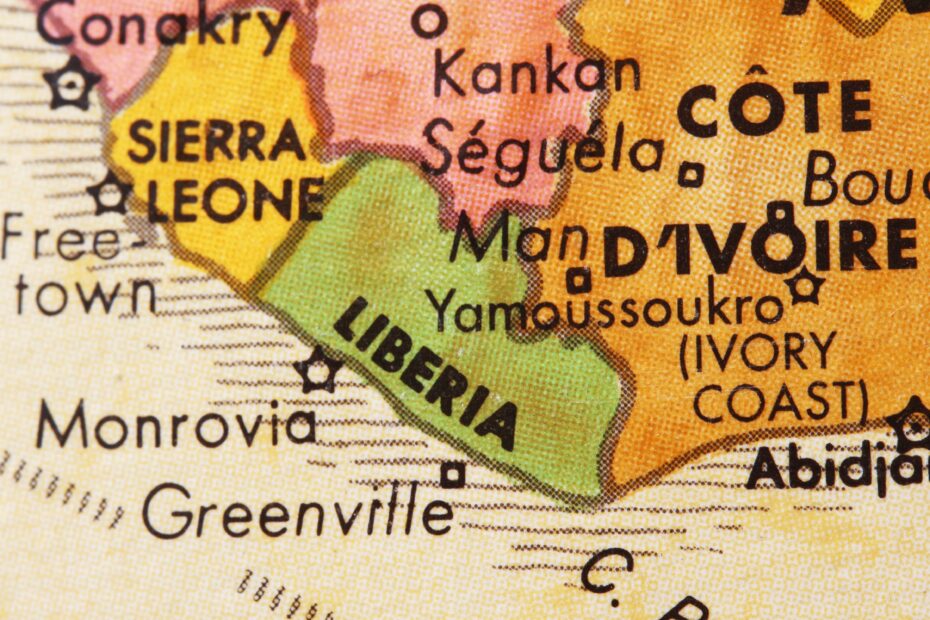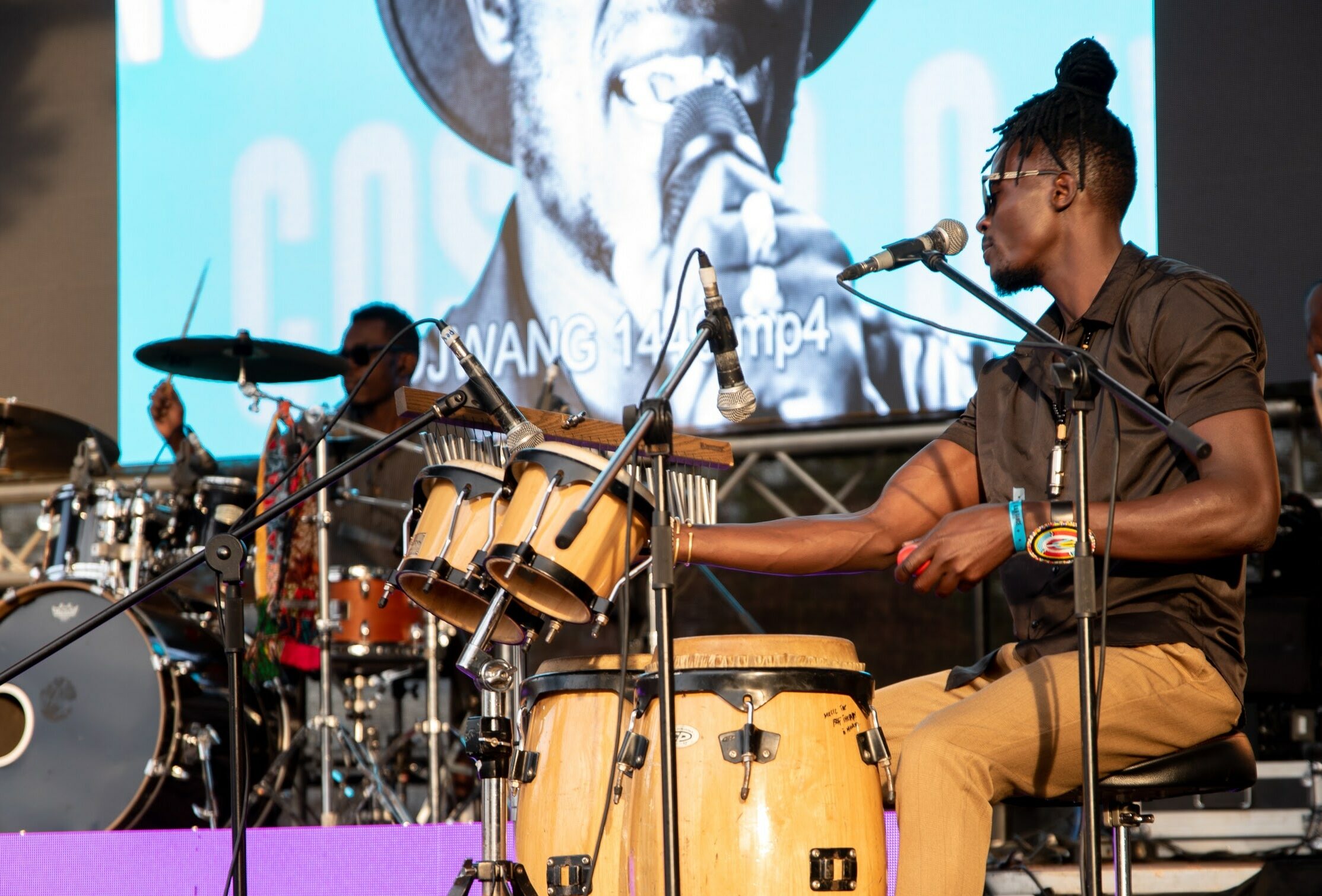Liberia is a country located on the western coast of Africa. It borders Sierra Leone, Guinea, and Côte d’Ivoire. Freed slaves from the United States founded the country in the early 19th century, making it one of the few African countries with strong ties to the Western world. Today, Liberia is a diverse and vibrant country with a rich cultural heritage. In this article, we will explore the different aspects of Liberian culture and how it has withstood the test of time.
Geography and Climate
Serenely situated on the West African coast, Liberia stretches over approximately 111,369 square kilometers of lush tropical land. Sierra Leone borders it to its northwest, Guinea to its north, Côte d’Ivoire to the east, and the grand Atlantic Ocean to the south and west. The country’s topography is a harmonious blend of rolling plains, plateaus, and low mountains, with dense forests enveloping its terrain. The striking coastline is dotted with lagoons and mangrove swamps, while its inland offers a rhythmic flow of rivers, the largest being St. Paul, St. John, and Cestos Rivers, interspersed with verdant hillocks.
Liberia experiences a tropical monsoon climate, marked by high humidity and heavy rainfall. The country enjoys a unique rhythm of weather, divided into two distinct seasons – the wet and the dry. The wet season, extending from May to October, witnesses torrential rains, particularly along the coast. Contrarily, the dry season from November to April brings relatively cooler temperatures and less humidity. Despite the tropical climate, the evenings in Liberia are often pleasantly cool due to the Atlantic Ocean’s calming sea breezes.
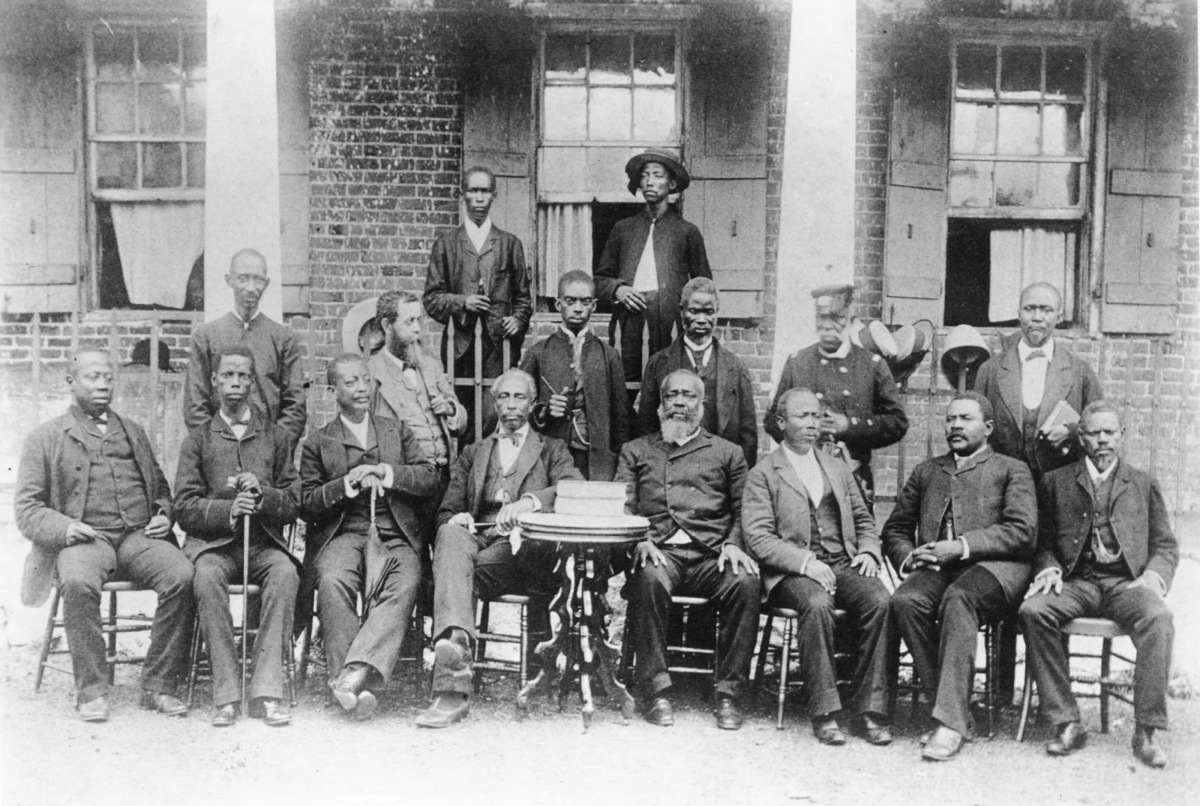
History
The United States intimately ties Liberia to its complex and enthralling historical roots. Founded in the early 19th century by the American Colonization Society (ACS), Liberia was intended to serve as a haven for freed American slaves. The ACS, which consisted of abolitionists and slaveholders, believed that repatriating freed slaves to Africa would offer them the best chance for a new life. The first group of settlers, mostly free African Americans, arrived in Liberia in 1822. Over the next few decades, thousands more followed, establishing a new society that mirrored many aspects of Southern American culture.
On July 26, 1847, the Americo-Liberians, as they came to be known, declared independence from the ACS, establishing the Republic of Liberia. This newly independent nation was one of the few African territories that remained free during the scramble for Africa in the late 19th and early 20th centuries. Liberia retained its independence during the colonial era, with its sovereignty recognized and maintained by powerhouse nations, including the United States. Read Also: Unveiling the Rich History and Vibrant Beauty of Ivory Coast
Throughout the 20th century, Liberia faced numerous challenges, including economic instability and political strife, culminating in two devastating civil wars between 1989 and 2003. These conflicts resulted in the loss of hundreds of thousands of lives and significant infrastructural damage.
Despite these trials, Liberia has shown remarkable resilience. In 2006, the country elected Ellen Johnson Sirleaf as president, making her the first elected female head of state in Africa. Under her leadership, Liberia made significant strides towards healing and rebuilding. Today, Liberia continues to rise, steadfastly forging a path toward a future defined by unity, growth, and prosperity.
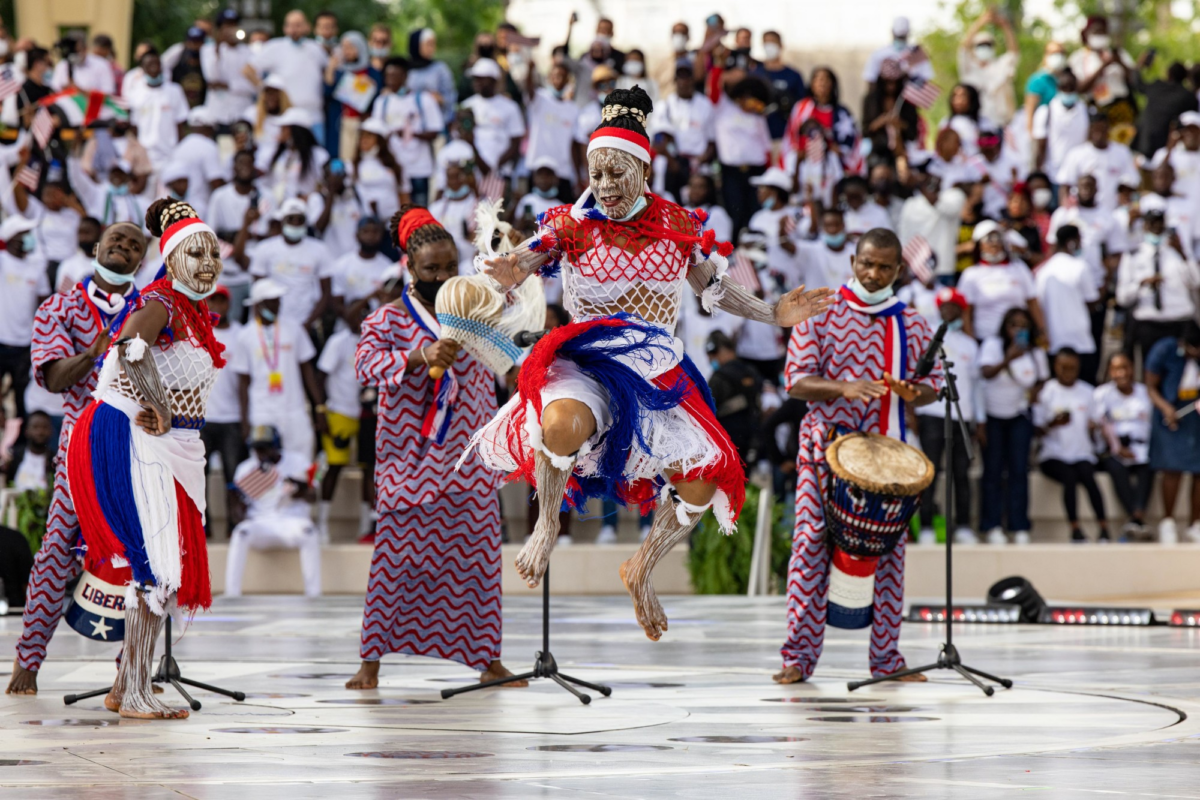
Culture and Traditions
Liberian culture is a vibrant fusion of native African and Americo-Liberian influences, reflecting the diverse ethnic groups inhabiting the country. Each group brings its unique traditions, customs, and languages, enriching the cultural history of Liberia and creating a dynamic and colorful society. Indigenous tribal groups such as the Kpelle, Bassa, Gio, Kru, Grebo, Mano, and many others contribute to a significant portion of the population and have rich cultural traditions centered around storytelling, music, dance, and art.
One of the most striking expressions of Liberian culture is the traditional masked dances performed by secret societies, commonly known as Poro and Sande. These societies, which provide social and political education, are central to many tribes and contribute significantly to the cultural continuity of Liberia.
Moreover, festivals also hold a prominent place in Liberian culture. Colorful parades, traditional music, and dance performances mark the Independence Day celebrations on July 26th. The National Flag Day on August 24th is another significant holiday, honoring the country’s flag’s history and meaning. When it comes to traditional arts, Liberia is known for its handcrafted masks, country cloth, and carved wooden sculptures, which are often incorporated into cultural ceremonies and festivities.
Food and Cuisine
Liberian cuisine reflects historical links with the United States, evident in the popularity of dishes like fried chicken, potato salad, and collard greens, especially during festive occasions. A typical Liberian meal predominantly features rice, the staple food, served alongside different kinds of stews and sauces.
Various locally sourced ingredients, such as cassava leaves, okra, fish, chicken, goat meat, or snails, richly flavor these stews. Hot peppers, palm oil, and other native spices season them.
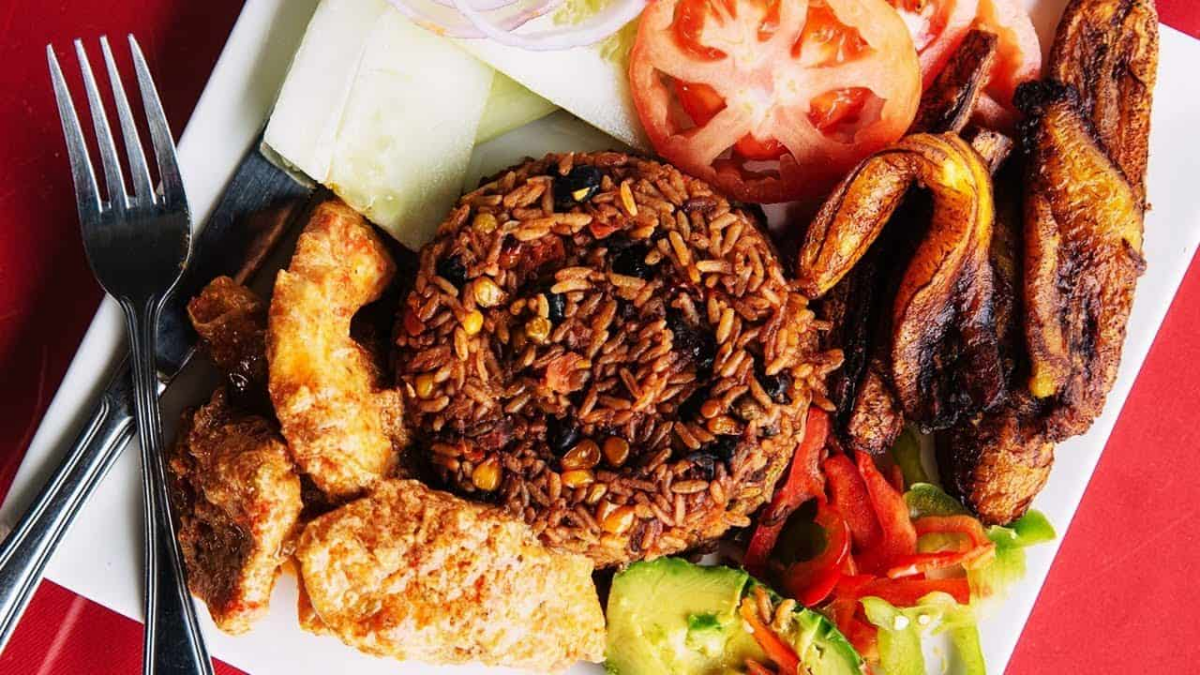
One of the most popular dishes is Jollof Rice, a one-pot rice dish cooked with meat, vegetables, and a blend of spices, shared across West Africa, with each country offering its unique twist. Liberia’s rendition often includes country rice (local Liberian rice) and a variety of meats and vegetables. Another beloved dish is Palava sauce, a savory stew made from spinach or sweet potato leaves, meat or fish, and palm oil, typically served with rice. Read Also: 12 Vegan African-Inspired Holiday Meal Idea
Liberians also enjoy a variety of snacks, such as Kanyah (a sweet treat made from roasted peanuts and rice), plantain chips, and the popular Liberian doughnuts known as Kala. On the coast, seafood, including fresh fish, shrimp, and lobster, is plentiful.
Liberian cuisine also reflects historical links with the United States, evident in the popularity of dishes like fried chicken, potato salad, and collard greens, especially during festive occasions. Through a colorful mix of indigenous, West African, and American influences, Liberia’s culinary landscape tells a story of its rich history and diverse culture.
Tourism
With its rich history, diverse cultures, and stunning landscapes, Liberia offers a unique and untapped tourist experience. From the pristine golden beaches of Monrovia to the stunning shores of Robertsport, with their golden sands and fantastic surfing spots, these destinations are a must-visit for adventurous travelers. The Sapo National Park, one of the last remaining primary rainforests in West Africa, provides an unforgettable experience for wildlife and nature enthusiasts.
The waters of Lake Piso invite travelers with their tranquil beauty, while the cultural and historical edifice of Providence Island tells stories bridging the present and the past. Visitors also have the chance to witness Liberia’s diverse fauna, including forest elephants, pygmy hippopotamuses, and over 500 species of birds.

Cities like Monrovia, the capital, offer historical insights with its vibrant markets, museums, and landmarks such as the Centennial Pavilion and Providence Island. Buchanan is another popular city destination, with its picturesque sea views and local eateries. Tourists can also explore the cultural richness of Liberia through the tribal villages, where traditional dances and music are a part of daily life.
However, tourism in Liberia is still developing, and infrastructure can be limited. Despite this, the nation’s natural beauty, historical relevance, and cultural vibrancy offer an enriching and rewarding experience for the intrepid traveler. Liberia is indeed an unpolished gem, ready to shine on the global tourism stage.
Economy
The economy of Liberia, ranking 150th in the 2023 economic freedom index with a score of 49.6, is predominantly agrarian. Despite the existence of significant challenges, including an unstable foundation for economic freedom and a legal system that does not sufficiently support property rights, the country has recently seen economic growth. In 2022, for example, the economy expanded by 4.8%, largely due to mining and a prosperous agricultural harvest.
Key sectors of Liberia’s economy include agriculture, mining, forestry, and construction. Agriculture, the foremost sector, is viable on about half of Liberia’s land area. Commercial farms are often foreign-operated, whereas traditional farms constitute the bulk of agricultural activities. Mining, particularly of gold and iron ore, significantly contributes to the country’s economy. The forestry sector also plays a crucial role, providing both employment and export revenues. The construction industry has experienced growth recently, adding to the overall economic expansion.
Despite the vitality of these sectors, Liberia’s economy remains underdeveloped, with a GDP per capita of only $1,642. The nation’s economic growth was projected to be 4.5% in 2023, fueled by continued expansion in mining and reforms in crucial sectors such as energy. Liberia’s official currency is the Liberian dollar (LRD), and the country is a member of two regional economic unions: the Mano River Union and the Economic Community of West African States (ECOWAS).
Bottom Line
Liberia is a country with a rich and diverse culture, delicious cuisine, and untapped tourist potential. Despite challenges faced in its economy and infrastructure, the nation continues to grow and develop while preserving its unique identity. From honoring their flag’s history to showcasing traditional arts during cultural ceremonies, Liberians take great pride in their heritage. As a visitor to this beautiful

